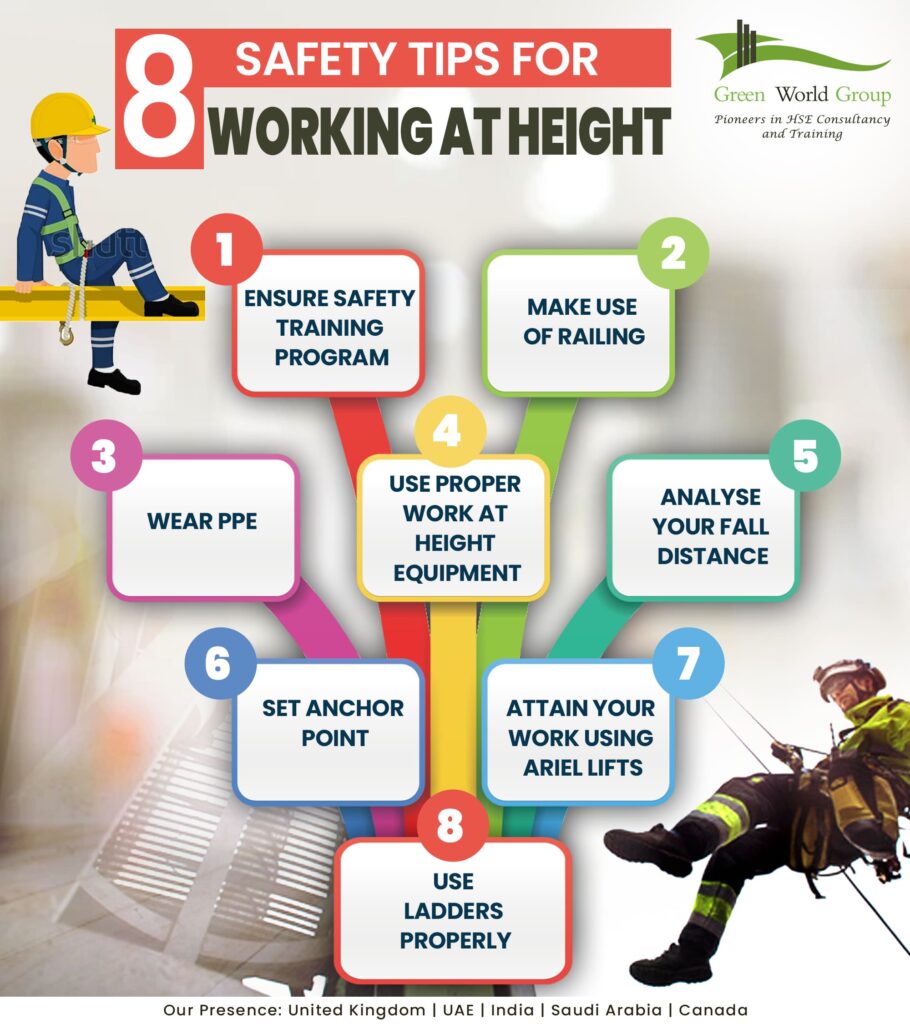
Working at heights on electricity network poles and structures involves serious risks such as falls and electrical hazards. Proper training, equipment, and safe practices are essential to protect workers and comply with MBIE best practice guidelines (NZ).\
🔺 Hazards of Working at Heights
- Falls from poles, towers, or scaffolds
- Electrical contact with live wires
- Slips and trips on ladders or platforms
- Falling tools or equipment
- Poor weather (wind, rain) affecting stability
✅ Preparation & Hazard Control
- Conduct a site risk assessment before climbing.
- Identify fall risks and electrical hazards.
- Ensure work areas are clear of obstructions.
- Follow safe access methods (ladders, scaffolding, EWPs).
🧰 Equipment Selection & Use
- Ladders → Non-slip, level surface, correct type for job.
- Scaffolding → Properly constructed, with guardrails & toe-boards.
- Fall protection → Harnesses, lanyards, lifelines.
- Climbing equipment → Must be checked, maintained, and used per standards.
🛡️ Personal Protective Equipment (PPE)
- Safety harness & lanyard
- Helmet (hard hat with chin strap)
- Safety boots (non-slip)
- Gloves & protective clothing
- Hearing & eye protection when needed
🧑🏫 Training & Safety Requirements
Workers must be trained in:
- Safe use of ladders, scaffolds, and climbing gear
- Fall protection systems – correct fit and use
- Rescue procedures – assisting others safely
- First aid – immediate response in emergencies
📖 New Zealand Standards & Requirements
- SM-EI: Safety Manual – Electricity Industry
- NZECP34: Code of Practice for Electrical Safe Distances
- Compliance ensures legal & safe operations.
🆘 Rescue Planning
- Always have a rescue plan before starting work.
- Ensure trained personnel are available for emergencies.
- Practice drills regularly.
📚 NZQA Unit Standards
Core Standards
- 10507 → Use personal protective equipment in an electricity supply environment
- 10509 → Climb and work on electricity network structures
- 17025 → Carry out a rescue from an electrical structure
- 23229 → Use safety harness system when working at height
Optional Add-on (extra cost)
- 15757 → Use, install and disestablish temporary proprietary height safety systems when working at height
💡 Key Safety Tips
- Maintain 3 points of contact when climbing.
- Do not overreach – keep body centered.
- Inspect all equipment before use.
- Stop work if conditions (wind, rain, fatigue) make it unsafe.
- Never work at height without a trained spotter or team support.
🏁 Conclusion
Safe working at heights in the electricity supply industry requires planning, equipment, training, and compliance with NZ standards. Always prioritize safety over speed, and remember:
👉 If it’s not safe, don’t do it.

